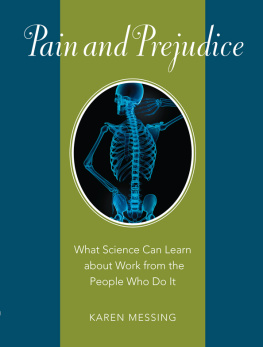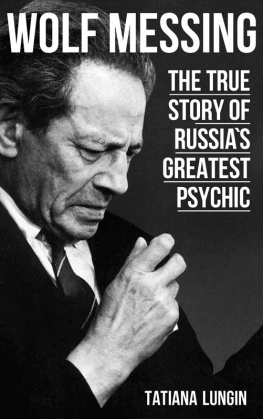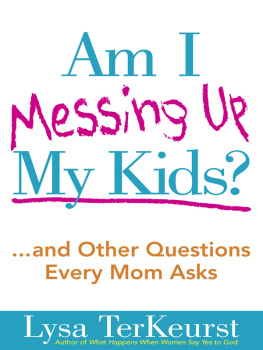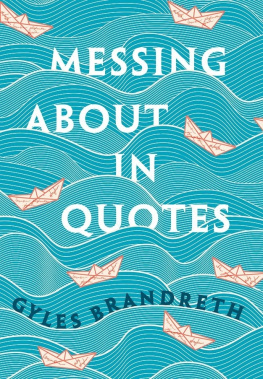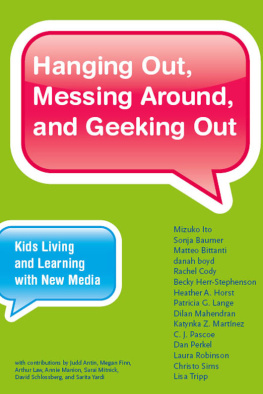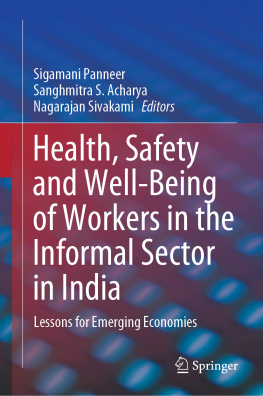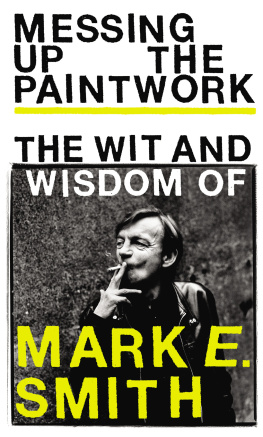Praise for
Pain and Prejudice
A scientific treatise, a page-turner, an expos. Its hard to exaggerate the attractions of this extraordinary book. It makes the personal political and the political personal, drawing the reader along in the careful and scientific exploration of the sexism, biases, and silences of science. Pain and Prejudice should be required reading for all scientists.
Pat Armstrong, Distinguished Research Professor, Department of Sociology, York University, and Fellow of the Royal Society of Canada
How can scientists be objective and empathetic at the same time? Karen Messings decades of research into workers health, especially the health of women workers and those of the lower rungs of the working class, are examined and analyzed in a very interesting and readable style. Dr. Messing shows how collaboration with community partners such as unions can improve research but how this type of research is increasingly threatened. She shows how research can and should make change in the workplace to improve workers health.
Cathy Walker, past director, National Health and Safety, Canadian Auto Workers
Karen Messing is a riveting storyteller who illuminates areas usually enveloped in the fog of expertise and pedantry. She belongs to a lamentably rare breed; she is a militant intellectual. An accomplished scientist, she tells, in a personal, evocative style, of the way she came to better understand the relationships between employers, science, and labour. Her encounters with, and analyses of, science and scientists hired by capital and government to regulate working conditions lead her to question both the impartiality of science and the accompanying lack of empathy for workers, particularly women. This is a valuable book for anyone interested in social theory, sociology, and, most importantly, the health and safety of workers.
Harry Glasbeek, author of Wealth by Stealth
Messing has long been one of the leading practitioners of listening to workers stories as a way of understanding their health. Pain and Prejudice describes how this approach evolved, why it is so effective, and some of the leading findings. It provides a unique window into the world of worker health and safety.
Wayne Lewchuk, professor, School of Labour Studies and Department of Economics, McMaster University
Pain and Prejudice:
What Science Can Learn about Work from the People Who Do It
2014 Karen Messing
First published in 2014 by:
Between the Lines
401 Richmond St. W., Studio 277
Toronto, Ontario M5V 3A8
1-800-718-7201
www.btlbooks.com
All rights reserved. No part of this publication may be photocopied, reproduced, stored in a retrieval system, or transmitted in any form or by any means, electronic, mechanical, recording, or otherwise, without the written permission of Between the Lines, or (for photocopying in Canada only) Access Copyright, 1 Yonge Street, Suite 1900, Toronto, Ontario, M5E 1E5.
Every reasonable effort has been made to identify copyright holders. Between the Lines would be pleased to have any errors or omissions brought to its attention.
Library and Archives Canada Cataloguing in Publication
Messing, Karen, author
Pain and prejudice : what science can learn about work from the people who do it / Karen Messing.
Includes bibliographical references and index.
Issued in print and electronic formats.
ISBN 978-1-77113-147-6 (pbk.).
ISBN 978-1-77113-148-3 (epub).
ISBN 978-1-77113-149-0 (pdf).
1. Industrial hygiene. 2. Radiation Toxicology. I. Title.
RC967.M48 2014 613.6'2 C2014-902457-6
C2014-902458-4
Cover design by Jennifer Tiberio. Cover photo iStockphoto.com/angelhell
Text design and page preparation by Steve Izma
Between the Lines gratefully acknowledges assistance for its publishing activities from the Canada Council for the Arts, the Ontario Arts Council, the Government of Ontario through the Ontario Book Publishers Tax Credit program and through the Ontario Book Initiative, and the Government of Canada through the Canada Book Fund.

M ANY RESEARCHERS IN OCCUPATIONAL HEALTH never actually get the chance to talk to people suffering from the work-related health problems they study; their research keeps them in their laboratories, far from the factory floor. But for the past thirty-seven years, I have been lucky enough to be forced into direct contact with the world of work and made to see, hear, smell, and touch the environments that make workers sick.
When I arrived at the Universit du Qubec Montral (UQAM) in 1976, its Department of Biological Sciences had only existed for seven years. The political excitement of the 1960s and the quiet revolution had inspired the province of Quebec to create a publicly funded university. By the time I was hired, some professors and administrators had persuaded the university that it should do something for communities not traditionally served by universities, meaning unions, womens groups, and community groups. After some negotiations, UQAM promised to pay professors to do research on topics suggested by these groups. UQAM created a community outreach service and even hired co-ordinators to link professors with community needs.
One day, the co-ordinators visited our department and asked whether anyone was interested in being a resource. My collaborator and friend Donna Mergler, a professor of physiology, encouraged me to participate; she was already giving educational sessions on the health risks of noise and asbestos. I couldnt see how my doctorate in molecular genetics of lower organisms could be directly useful to the community, but I put my name down. A couple of months later, the co-ordinators called to tell me they had gotten a request for help from radiation-exposed refinery workers who needed a geneticist. My career took an irreversible turn.
Over the following years, Donna and I developed a research program in occupational and environmental health that benefited from community input. In 1990, we founded CINBIOSE, a multidisciplinary research centre that has been able to support other community-friendly researchers with similar interests.
decided to offer a program unlike any other source of support for scientists. The grants would be given to university-community partnerships on presentation of a joint research program. In order to ensure that the scientists would listen to the community group, the group or a co-ordinating organization would control the money. The peer review committee rating the proposals would also have community representation.
CINBIOSE got a call from the community outreach office suggesting we apply. For the next fifteen years, until the program was abolished, we got large amounts of money to partner with the womens committees and health and safety committees of Quebecs three largest trade union confederations. Our original partnership included ergonomists, sociologists, and legal scholars, as well as the six union representatives. We called it lInvisible qui fait mal (literally, The Invisible that Hurts), referring to the fact that occupational health risks in womens jobs are often less impressive and obvious than they are in mens jobs. This group sponsored dozens of research projects and interventions. We created a book on ergonomics and womens work that European unions translated into six languages and we wrote a United Nations policy paper on gender and occupational health. Our legal specialists helped get new laws passed and old ones respected.
Next page
